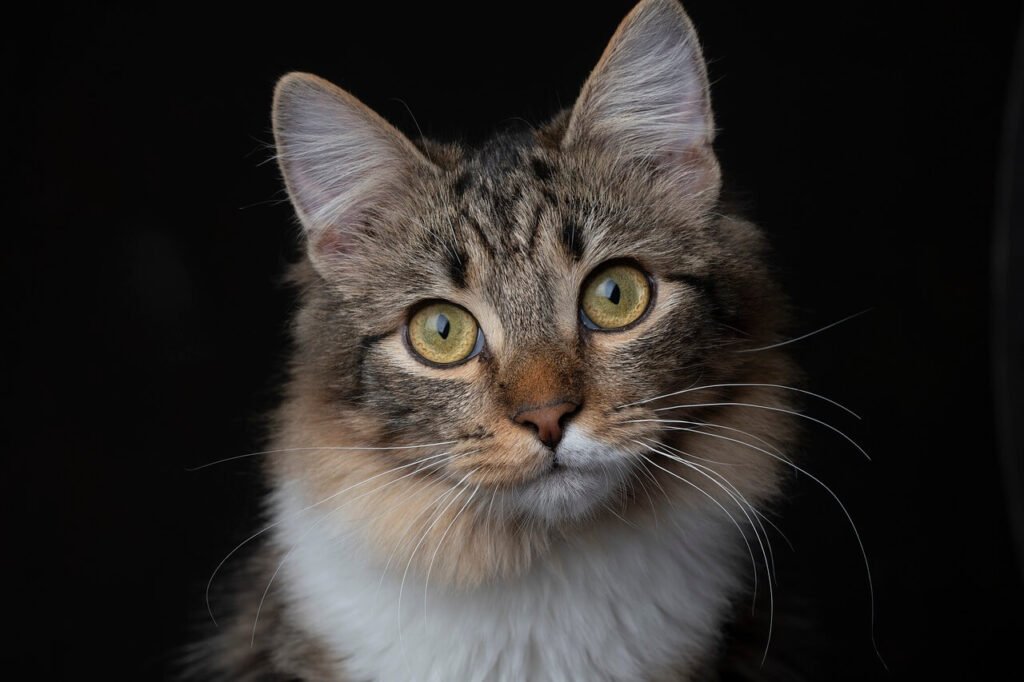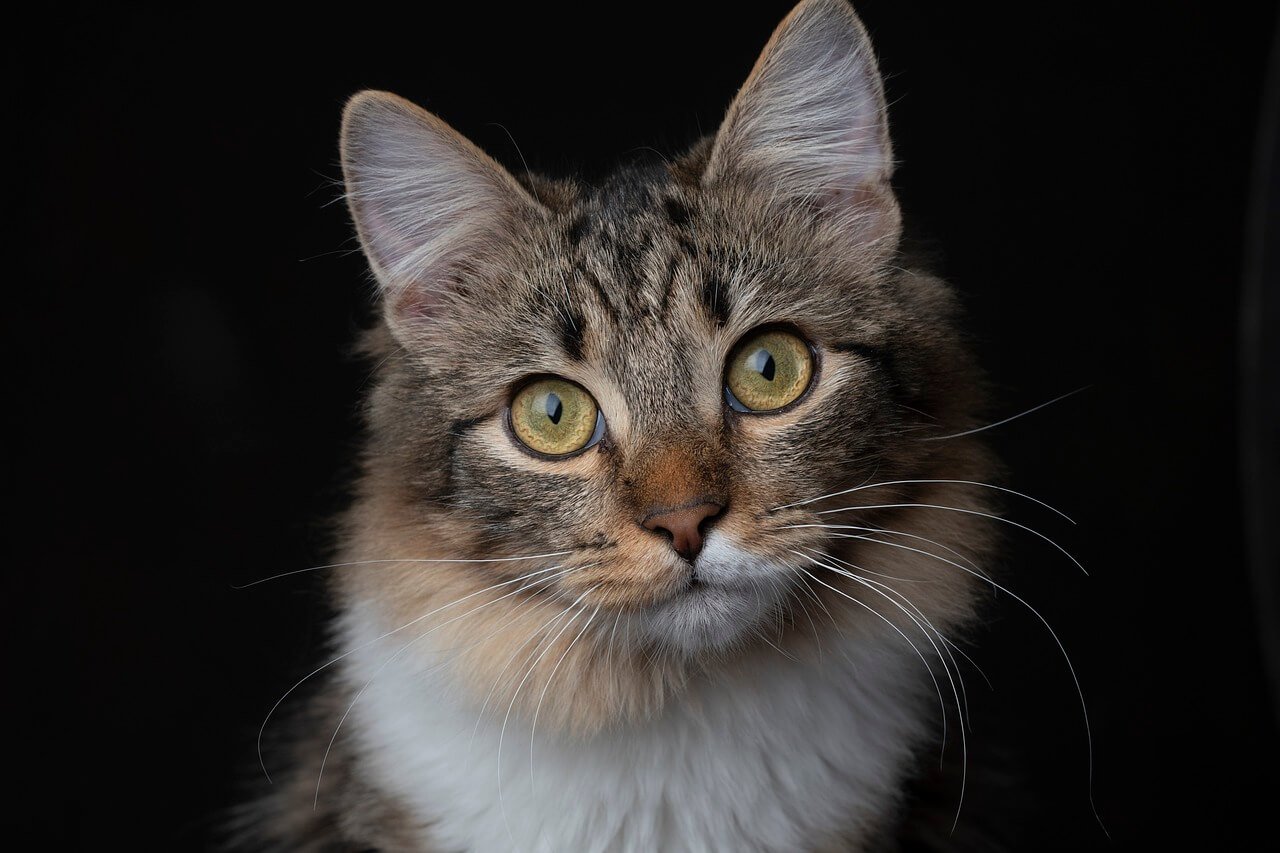Buprenorphine Cat Side Effects: What You Need to Know
Buprenorphine is a commonly prescribed medication for cats experiencing pain or discomfort, particularly after surgery or due to chronic conditions like arthritis. As a partial opioid agonist, it provides effective pain relief while being relatively safe when administered correctly. However, like any medication, buprenorphine can have side effects that pet owners should be aware of. Understanding these potential reactions ensures you can monitor your cat’s health and respond promptly if something seems off. In this article, we’ll explore the uses of buprenorphine, its common and rare side effects, and how to ensure your cat’s safety while they’re on this medication.
What to Expect: Common Reactions to Buprenorphine
While buprenorphine is generally well-tolerated by cats, some side effects are relatively common and usually mild. These reactions often resolve on their own as your cat adjusts to the medication. Here’s what you might observe:
Sedation or Lethargy :
Your cat may appear unusually sleepy or less active than normal.Decreased Appetite :
Some cats temporarily lose interest in food while on buprenorphine.Vomiting :
Occasional vomiting can occur, though it’s typically not severe.Drooling :
Excessive salivation is a known reaction to the bitter taste of the medication.Behavioral Changes :
Cats may act differently, such as seeming more withdrawn or agitated.
These side effects are usually manageable and short-lived. If they persist or worsen, consult your veterinarian for guidance.
When to Be Concerned: Rare Adverse Reactions to Watch For
Although uncommon, some cats may experience more serious side effects from buprenorphine. These reactions require immediate attention to prevent complications. Here’s what to look out for:
Difficulty Breathing :
Labored or shallow breathing could indicate an adverse reaction.Severe Sedation :
Extreme lethargy or inability to wake up is a red flag.Allergic Reactions :
Symptoms like swelling, hives, or facial itching may signal an allergy.Constipation or Urinary Issues :
Straining to urinate or defecate can point to gastrointestinal or urinary tract problems.Aggression or Confusion :
Uncharacteristic aggression or disorientation may suggest neurological effects.
If you notice any of these symptoms, contact your veterinarian immediately. Early intervention can make all the difference in your cat’s recovery.
Check this guide 👉How Much Amoxicillin for a Cat in ML? Best 7 Health Tips!
Check this guide 👉Can You Give a Cat Melatonin? Best 7 Expert Tips!

Common Side Effects | Rare but Serious Side Effects |
|---|---|
Sedation or lethargy | Difficulty breathing |
Decreased appetite | Severe sedation |
Vomiting | Allergic reactions |
Drooling | Constipation or urinary issues |
Behavioral changes | Aggression or confusion |
Tips for Reducing Risks: Ensuring Safe Use of Buprenorphine
Taking proactive steps can help minimize the likelihood or severity of side effects when administering buprenorphine to your cat. Here are some practical strategies:
Follow Dosage Instructions Carefully :
Administer the exact dose prescribed by your vet at the recommended times.Monitor Your Cat Closely :
Keep an eye on your cat’s behavior and physical condition during treatment.Mix with Food (if allowed) :
Ask your vet if buprenorphine can be mixed with food to reduce drooling caused by its bitter taste.Provide a Calm Environment :
A quiet, stress-free setting can help your cat relax and recover more comfortably.Communicate with Your Vet :
Report any unusual symptoms to your veterinarian promptly for advice.
By following these tips, you can help ensure your cat’s experience with buprenorphine is as safe and comfortable as possible.
Exploring Other Options: Pain Relief Beyond Buprenorphine
While buprenorphine is highly effective, there are alternative treatments available for managing pain in cats. These options may be considered based on your cat’s specific needs and health conditions. Here are some alternatives:
Non-Steroidal Anti-Inflammatory Drugs (NSAIDs) :
Medications like meloxicam can reduce inflammation and pain under veterinary supervision.Gabapentin :
Often used for chronic pain, especially in cats with arthritis or nerve-related issues.Tramadol :
Another opioid-like medication that may be prescribed for moderate to severe pain.Acupuncture :
A holistic approach that can provide pain relief without medication.Supplements :
Omega-3 fatty acids or glucosamine can support joint health and reduce discomfort over time.
Discuss these options with your veterinarian to determine the best course of action for your cat’s unique situation.
Recognizing the Warning Signs: How to Spot Buprenorphine Reactions
Even with careful administration, your cat may still exhibit side effects from buprenorphine. Being able to identify these signs early can help you address any issues promptly and ensure your cat’s well-being. Here are some key indicators to watch for:
Excessive Lethargy :
If your cat seems unusually unresponsive or struggles to stay awake, it could indicate over-sedation.Refusal to Eat :
A complete loss of appetite for more than 24 hours is a cause for concern.Increased Heart Rate :
Rapid breathing or a racing heart may signal an adverse reaction.Unusual Vocalizations :
Crying or meowing more than usual can indicate discomfort or distress.Changes in Mobility :
Stiffness, limping, or difficulty moving may suggest muscle or joint-related issues.
If you notice any of these symptoms, document them and consult your veterinarian as soon as possible. Early intervention can prevent minor issues from escalating into serious complications.
Making Medication Time Easier: Best Practices for Giving Buprenorphine
Administering medication to a cat can be challenging, but following these tips can make the process smoother and safer for both you and your pet. Proper technique ensures your cat receives the full dose and minimizes stress during treatment.
Use a Syringe Without a Needle :
Many vets provide buprenorphine in liquid form; use an oral syringe to deliver it under the tongue or into the cheek pouch.Wrap Your Cat in a Towel :
Gently wrapping your cat in a towel can prevent scratches and keep them calm during dosing.Reward with Treats :
Offer a favorite treat immediately after administering the medication to create a positive association.Stay Calm and Patient :
Cats pick up on your energy, so remaining calm helps reduce their anxiety.Ask for Help if Needed :
Enlist a family member or friend to assist with holding your cat securely while you administer the dose.
By following these steps, you can ensure that your cat receives their medication safely and with minimal stress. Consistency and patience are key to success.
Planning Ahead: Managing Prolonged Treatment with Buprenorphine
While buprenorphine is often used for short-term pain relief, some cats may require long-term treatment. In these cases, it’s important to monitor their health closely and take steps to minimize risks associated with extended use. Here’s what to consider:
Regular Veterinary Check-Ups :
Schedule routine visits to assess your cat’s overall health and adjust the dosage if necessary.Monitor Kidney and Liver Function :
Long-term use can strain these organs, so blood tests may be recommended periodically.Watch for Dependency Signs :
Although rare, prolonged opioid use can lead to mild dependency; discuss this risk with your vet.Explore Combination Therapies :
Combining buprenorphine with other treatments, like supplements or physical therapy, can enhance results.Reevaluate Pain Management Needs :
Over time, your cat’s condition may improve, allowing for reduced doses or alternative therapies.
Long-term buprenorphine use requires vigilance and collaboration with your veterinarian. By staying proactive, you can ensure your cat continues to thrive while managing their pain effectively.
Frequently Asked Questions About Buprenorphine in Cats
Is buprenorphine safe for cats?
Yes, when prescribed and administered correctly, it’s generally safe and effective.
How long do side effects last?
Common side effects typically subside within a day or two as your cat adjusts.
Can I give my cat buprenorphine without a prescription?
No, buprenorphine must only be given under veterinary guidance.
What should I do if my cat vomits after taking buprenorphine?
Monitor them closely; if vomiting persists, contact your vet for advice.
Are there long-term risks of using buprenorphine?
Long-term use requires regular monitoring by a vet to avoid potential complications.
Final Thoughts: Prioritizing Your Cat’s Comfort and Safety
Buprenorphine is a valuable tool in managing pain for cats, offering relief during challenging times. While most cats tolerate it well, staying informed about potential side effects ensures you can act quickly if needed. By working closely with your veterinarian and monitoring your cat’s response to the medication, you can provide the best care possible. Remember, every cat is unique, and their comfort is paramount. With proper attention and care, buprenorphine can help your feline companion feel better and enjoy a higher quality of life. Always prioritize open communication with your vet to make the most of this treatment option.
Understanding Cryptosporidium in Cats: Best 7 Expert Tips! – Spot symptoms, treat safely, and stop parasite spread in your home.
Understanding Cryptosporidium in Dogs: Best 7 Expert Tips! – Learn symptoms, treatment & prevention for this stubborn gut parasite.
Understanding Syringomyelia in Cats: Best 7 Expert Tips! – Recognize signs, manage pain, and support your cat’s neurological health with vet-backed guidance.
Understanding Syringomyelia in Dogs: Best 7 Expert Tips! – Expert insights on symptoms, MRI diagnosis, pain management & quality of life.





